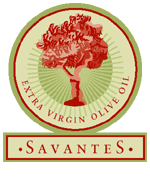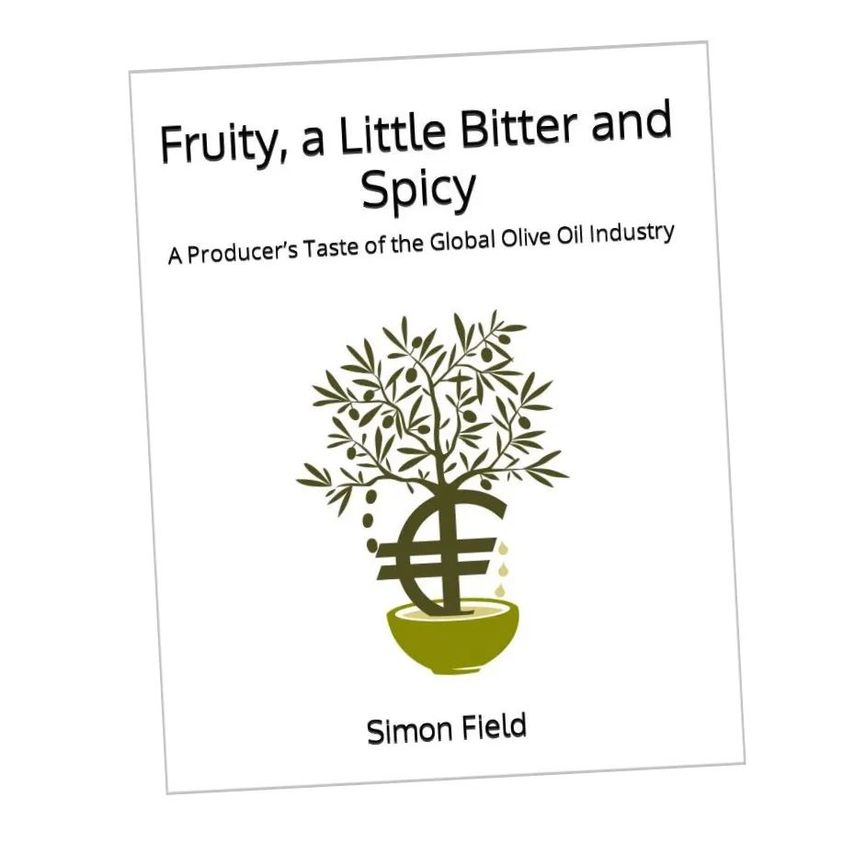Fruity, a Little Bitter and Spicy provides a practical Australian producer’s view of the establishment of an olive enterprise in the ‘New World’ and entry into the global market dominated by ‘Old World’ production. Moving from the early days of selecting the site for the grove, planting trees, the production of olive oil and involvement in international trade and events, the reader acquires an expansive knowledge of the global industry.
Acquiring the art of tasting and profiling the flavours of extra virgin olive oil is deemed central to the understanding of its use in cuisines of all regions and cultures. After the initial research into the product and grove establishment, a tour is taken of the main producing regions in Europe to explore the different styles of product and production systems.
Along the way the lifestyle of producers and the association of olive oil with food is recounted with anecdotes of generosity and conviviality. Interwoven into the fabric of the people and their groves is technical information essential to the understanding of the olive oil, its flavour and usage. The traps and opportunities are identified and explored to the advantage of those aspiring to become, or are already, involved in the olive oil trade.
Subsequent to the exposure to a wide range of producers, flavours, and cuisines, the development of the global movement ‘Extra Virgin Olive Oil Savantes’ is recounted. ‘Savantes’ was founded to spread the knowledge of olive oil and establish a network of competent advocates. Over 20 years the development culminates in the inaugural World Extra Virgin Olive Oil Team Tasting Championship held in Spain.
The lack of growth in the global consumption of olive oil for the last ten years leads to a critical appraisal of the activities of producers, traders, local and international associations, institutions and governments. The parochialism and regional competition which pervades the industry is challenged and a more united approach advocated. The ineffectiveness of the increasingly bureaucratic International Olive Council in meeting its mission of looking after the interests of the producers, termed the ‘ordinary people’ in its mission statement’, is revealed. A series of remedial actions is suggested, starting with the producers increasing their knowledge and improving their ability to initiate change. Other suggestions include a softening of the technical approach to product evaluation to one which recognises the different flavour preferences of individuals and the cuisine of consumers. It is argued that the industry training to look for flavour defects in olive oil before identifying the positive attributes generates a negative attitude amongst tasters and a lack of confidence from consumers. The use of the phrase ‘educating the consumer’ is deemed to portray elitism and should be replaced by the more interactive and respectful terms such as ‘engage’ and ‘communicate’.
The book will attract the interest of those considering investment in the olive oil industry at all levels as well as those already involved. The challenge to the current practice and self-interest of some leaders, and their organisations, will provoke animated discussion leading to change at many levels.
Multiple threads of current commentary from small to medium producer enterprises are brought together to present a comprehensive view of burgeoning compliance, disconnected bureaucracies and fringe enterprises which are built on their production and diminish their viability.
A seismic shift in promotion is advocated, from the product to the people who use it. The new approach is embodied in the mantra ‘extra virgin olive oil won’t change the world, the people using it might.


